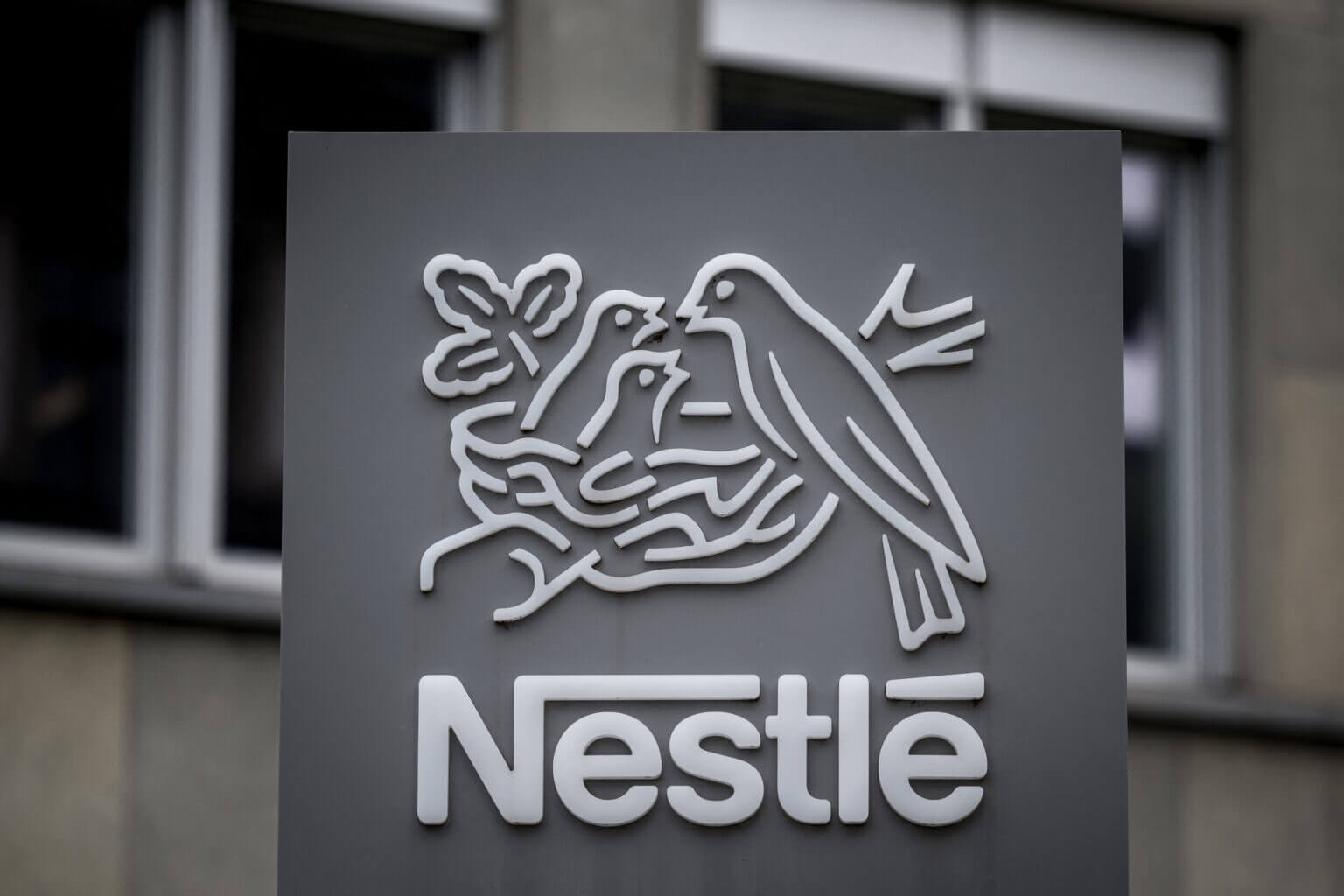Major Food Industry Players Commit to Phasing Out Synthetic Food Dyes
In a significant shift within the food manufacturing sector, leading corporations such as Nestlé USA and Conagra Brands have announced plans to eliminate certain artificial coloring agents from their product lines within the upcoming year. This move reflects a broader societal push against synthetic dyes in consumables, driven by increasing consumer awareness and regulatory scrutiny, notably from Health Secretary Robert F. Kennedy Jr., who has vocally criticized these additives.
Strategic Plans for Removing Artificial Colors
On Wednesday, Nestlé disclosed its intention to completely remove FD&C (Food, Drug, and Cosmetic) color additives from its U.S. food and beverage offerings by mid-2026. The company highlighted its decade-long efforts to reduce synthetic dyes, emphasizing that over 90% of its current products are already free from such ingredients. Nestlé’s commitment aligns with its mission to deliver nutritious, high-quality options that cater to diverse consumer preferences, reflecting a shift towards cleaner labels and natural ingredients.
Similarly, Conagra Brands, known for popular brands like Birds Eye, announced that it will cease using FD&C dyes in its frozen food products by the end of this year. The company aims to extend this removal across all its product lines by 2027, signaling a comprehensive move away from artificial coloring agents in its portfolio.
Industry-Wide Trends and Regulatory Developments
The decisions by Nestlé and Conagra follow recent initiatives by other major players such as Kraft Heinz and General Mills, which have also committed to phasing out artificial dyes. Industry experts, including Brian Ronholm of Consumer Reports, have described these developments as “long overdue,” emphasizing the importance of consumer safety and transparency.
Public and political attention on artificial food dyes has intensified, especially with statements from Kennedy labeling these additives as “poison.” While Kennedy’s controversial background-having founded an anti-vaccine organization-has drawn mixed reactions, his advocacy has resonated with many nutrition advocates and policymakers across the political spectrum. Both groups recognize the need for reform in food additive regulations to promote public health.
Government Actions and Future Regulations
In line with these industry shifts, the Biden administration has taken concrete steps. In January, the Food and Drug Administration (FDA) announced plans to ban the use of Red No. 3, a dye linked to cancer in animal studies, in food products by January 2027. This decision follows decades of restrictions on its use in cosmetics, where it was banned due to similar health concerns, despite inconclusive evidence regarding human health risks.
Earlier efforts under the Trump administration aimed to phase out petroleum-based dyes, but industry-wide commitments remained unclear, leading to confusion among regulators and manufacturers. The recent FDA announcement signifies a more definitive stance on reducing potentially harmful synthetic dyes in the food supply.
Health Concerns and State-Level Legislation
Research has suggested potential links between certain food dyes and behavioral issues in children, including hyperactivity. However, scientific consensus remains elusive, with some experts questioning the conclusiveness of existing studies due to the complex nature of dietary influences and multiple ingredients involved.
Several states have proactively enacted legislation addressing food additives. In 2023, California passed a law banning the sale of foods containing Red No. 3 after January 1, 2027. Texas has introduced a pioneering law requiring clear labeling of 44 common dyes and additives, aiming to inform consumers better. Additionally, West Virginia has implemented restrictions on foods with specific dyes in school meals, effective from August 2023, with full sales bans scheduled for January 2028.
Looking Ahead: A Shift Toward Natural Ingredients
The move away from synthetic food dyes by industry giants and government agencies signals a broader trend toward transparency and health-conscious product development. As consumer demand for natural and minimally processed foods continues to grow-current statistics show that over 60% of Americans prefer products with recognizable ingredients-more companies are expected to follow suit. This evolving landscape underscores a future where food safety, health, and consumer choice are prioritized, potentially transforming the standards of food manufacturing in the United States.

